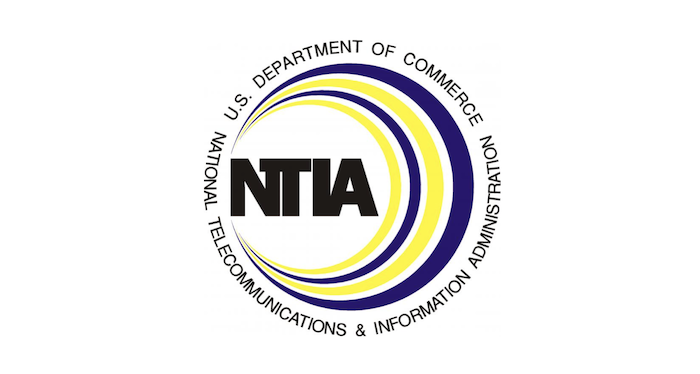UPDATE In what looks like a win for internet providers like Starlink, NTIA’s recent guidance for how states can use BEAD subsidies on alternative technologies like low-Earth orbit satellites could have major implications down the road for rural residents without any access to high-speed internet.
“My gut reaction is that this is a pretty big gift to Starlink,” Christopher Ali, professor of telecommunications at Penn State University, told CNET. “But, of course, we have to remember that these are really only for the extreme high-cost areas.”
Inside Towers reported that fiber, cable, licensed fixed wireless and DSL first remain NTIA’s main priority. Any projects financed by BEAD must support the FCC’s 100 Mbps/20 Mbps speed requirement.
If fiber (and cable, DSL or licensed fixed wireless) providers don’t exist in an area — or if they’re too costly to deploy — states can consider unlicensed fixed wireless and low-Earth orbit satellite providers. This doesn’t include satellite providers like Echostar’s (NASDAQ: SATS) Hughesnet and Viasat (NASDAQ: VSAT), which use satellites farther from the Earth’s surface and don’t meet BEAD’s speed requirements.
But there’s no guarantee that Starlink can meet BEAD’s speed requirements and latency of less than or equal to 100 milliseconds. The NTIA didn’t immediately respond to CNET’s request for comment.
Another core component of the BEAD program is affordability. The NTIA requires ISPs applying for funds must ensure “high-quality broadband services are available to all middle-class families … at reasonable prices.” A Pew study found it could range from $107.64 in the Northeast to $84.79 in the South.
Starlink’s residential internet plan costs $120 per month, but the more onerous cost for many potential users is its $499 fee for equipment. NTIA noted in its guidance that these equipment costs “can be substantially more expensive” than with other providers and that these costs could be subsidized under BEAD to ensure that “installation and equipment costs are not a barrier to adoption” for people living in those areas. Starlink didn’t respond to CNET’s request for comment.
By Leslie Stimson, Inside Towers Washington Bureau Chief





Reader Interactions